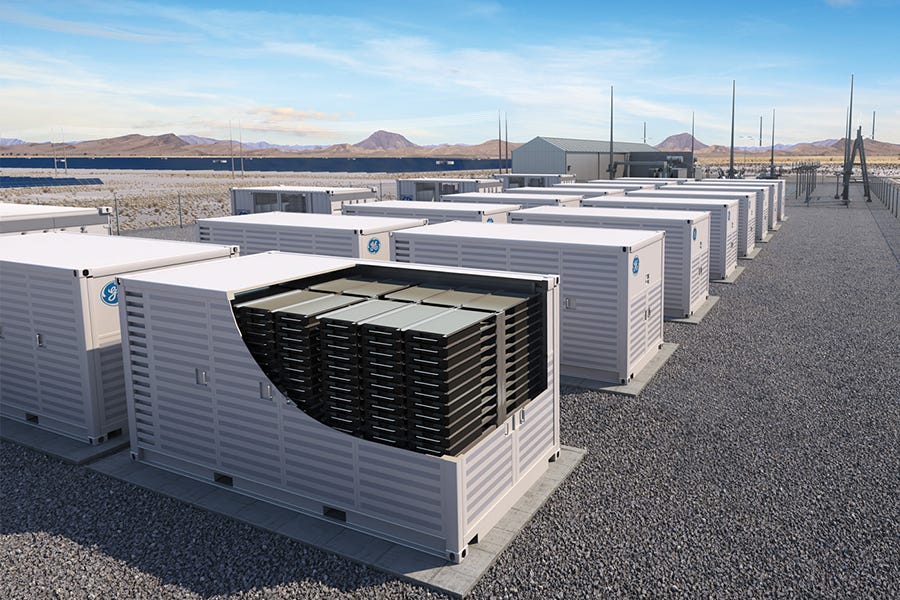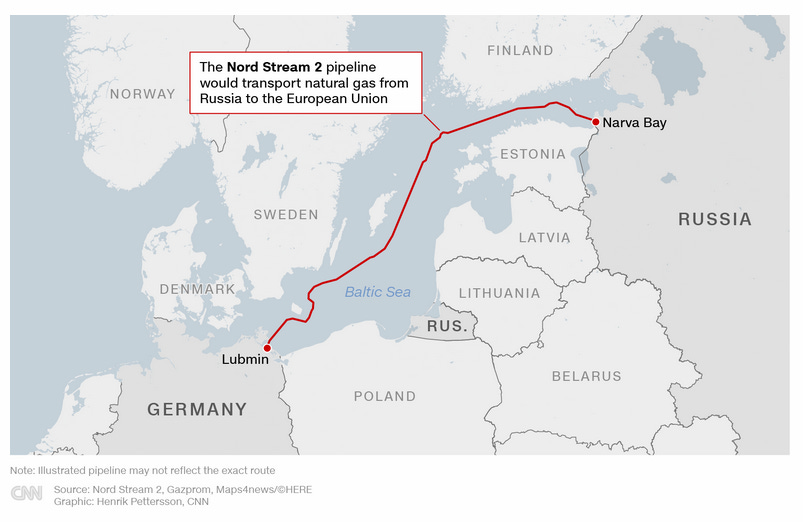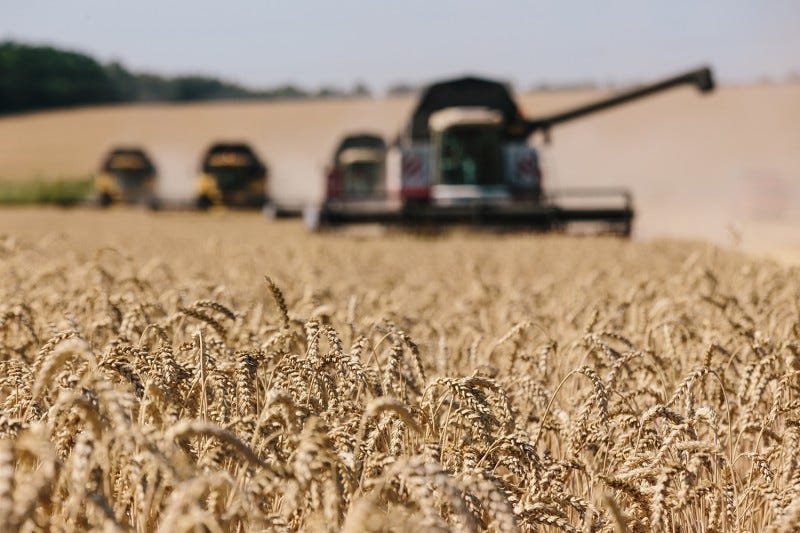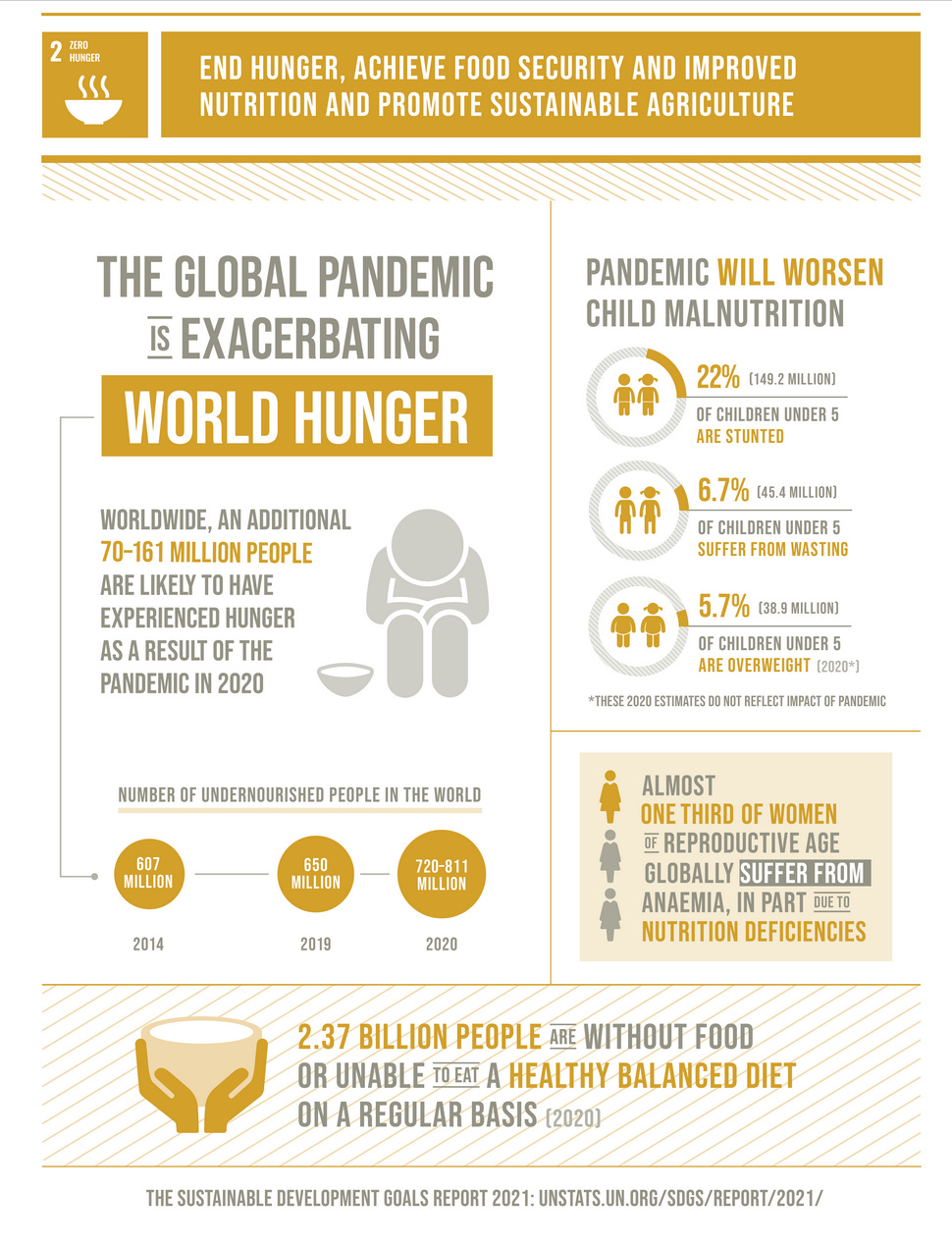We’d planned to publish a different piece this week, but last night Russia bombed and invaded Ukraine, initiating the largest European conflict since World War II. These events are tragic, senseless, and have already led to considerable loss of life on both sides. We are certainly not war correspondents, but we also recognize these events have considerable implications for the global economy, human rights, and therefore sustainability. We decided to focus this week’s piece on some of the second-order themes around the conflict, and what they might mean for our ongoing work to confront the climate crisis and create a more sustainable, just world. Above all, we hope peace can be achieved soon.
War is the opposite of sustainable. It’s costly, destructive, resource-and-emissions-intensive, and rarely translates to positive outcomes for society.
Today, the world wakes up to armed conflict in Ukraine, as the country attempts to defend itself from unprovoked Russian (and Belarussian) attacks. We have no comment on the background, invasion justification (or lack thereof), or ongoing developments in Ukraine — but do have some other (hopefully constructive) thoughts and resources to share.
1. Ways to Help Ukraine
An independent group of individual Ukrainian volunteers and allies put together a list of NGOs and aid organizations supporting Ukraine. You can read the list here. Note: we have not had time to verify these organizations in detail on behalf of Brightest, please do your own due diligence. Some organizations like United Help Ukraine are fundraising for medical supplies, while others like Charitable Foundation Voices of Children helps children affected by the war in eastern Ukraine. Be aware some fundraisers are focused on directly procuring supplies and equipment for the Ukranian military.
You can also consider supporting the Kyiv Independent and their work to share transparent, fact-based journalism. Their website is currently seeing record internet traffic, and apparently cyber attacks.
We're not immigration experts, and it's early to know what the displacement and refugee consequences may be, but reports indicate many women, children, and the elderly are understandably trying to escape conflict areas and leave Ukraine. This will be important to watch as well.
2. Climate, Energy & Geopolitical Implications
War tends to grab most political and media attention. And it often has direct economic consequences in energy markets. Last night, oil prices jumped to over $105 a barrel, the highest since the first Russian-Ukranian conflict in 2014.
Russia is the third largest oil producing country in the world, and also supplies Europe with roughly 1/3rd of its natural gas. As a result, around 40% of Russia’s national wealth is tied to hydrocarbons, according to Warsaw Institute.
In 2020, Russia’s military budget was $61.7 billion. Its petrol exports? $110.1 billion. Oil is one of the primary underwriters of its war capacity.
By comparison to hydrocarbons, the price of renewable energy (particularly solar photovoltaic or PV) has dropped dramatically over the past two decades. In many parts of the world with good sunlight, utility-scale solar is one of the most cost-effective forms of energy in the world.
The sun isn’t always shining, which makes solar an intermittent source of power, just like wind. To use solar 24/7 we need grid-scale, fast-discharging batteries — and more electric vehicles.
Luckily, the cost curves for batteries and consumer-ready EVs are also decreasing significantly. In 1992, one kilowatt hour (kWh) of lithium ion energy storage cost an average of $6,035. By 2016, the average cost fell to $244 per kWh, and continues to become more and more economical. For reference, it takes ~0.01 kWh to charge an iPhone.
Utility-scale lithium ion energy storage batteries
With aggressive, military-driven petrol states like Russia it’s important to recognize that the tanks rolling through Ukraine this morning are subsidized by the world’s fossil fuel purchases. The more we adopt renewable energy the more we can help every country achieve energy independence and reduce the economic levers for Putin’s war machine.
However, the abrupt fuel supply shocks from war in Ukraine may, ironically, send political decision-making and resource consumption in the opposite direction. As Patricia Cohen writes in the NYTimes:
For more than a decade, policy discussions in Europe and beyond about cutting back on gas, oil and coal emphasized safety and the environment, at the expense of financial and economic considerations, said Lucia van Geuns, a strategic energy adviser at the Hague Center for Strategic Studies. Now, it’s the reverse.
“Gas prices became very high, and all of a sudden security of supply and price became the main subject of public debate,” she said.
The renewed emphasis on energy independence and national security may encourage policymakers to backslide on efforts to decrease the use of fossil fuels that pump deadly greenhouse gases into the atmosphere.
War in Ukraine forces Europe to face two very different energy futures. Last week Germany finally canceled the long-planned Nord Stream 2 gas pipeline as part of the EU’s broader initial sanctions against Russia, creating more uncertainty (but also opportunity) around its energy future.
How short-term security needs are balanced against the long-term health of the planet and our collective future is critically important and should not be overlooked.
3. Food Implications
Ukraine is nicknamed the “breadbasket of Europe” for its major agricultural role in the region. But, zooming out a bit further, Russia and Ukraine together export more than a quarter (25.4%) of the world’s wheat, according to the Observatory of Economic Complexity. Ukraine also grows 13% of global corn exports. 90% of Ukraine’s food exports travel by sea, and in less than 24 hours of conflict, food price spikes and supply shocks have already begun.
Maripol, one of the biggest Ukrainian ports in the Azov sea, normally exports wheat, barley, and corn to regions like Egypt, Greece, Italy, Lebanon, and Turkey. The port is now completely shut down.
Ukraine is even China’s #1 supplier of corn, a nation already dealing with intermittent food shortages due to its rising population and climate change.
Recently, executives at both Kellogg and General Mills have warned that supply shortages and wheat inflation are putting pressure on product availability. And remember, this is coming at a time when vulnerable American families are already facing the highest inflation rate in 40 years.
If the conflict in Ukraine progresses, Ukraine can’t ship its food products, and Russia is under strict sanctions, we expect to see food price inflation and possible wheat shortages around the world. Flour, bread, cereal, and more may all become more expensive and difficult to source.
As we know, United Nations Sustainable Development Goal #2 is ‘Zero Hunger,’ a target now under even greater pressure as one of the world’s leading farming zones is hit by war. Now, more than ever, we need resourcefulness, problem-solving, solidarity, and circularity when it comes to our food supply.
We live in a dynamic, complex, and challenging world — even in times of peace. Armed conflict certainly complicates things further, but doesn’t change our ultimate work and mission: ensuring health, happiness, security, and sustainability for all living beings and ecosystems.
We stand with Ukraine, and hope peace can be reached soon.
—
This Week in Sustainability is a weekly(ish) email from Brightest (and friends) about sustainability and climate strategy. If you’ve enjoyed this piece, please consider forwarding it to a friend or teammate. If you’re reading for the first time, we hope you enjoyed it enough to consider subscribing. If we can be helpful to you or your organization’s sustainability, ESG, or social impact journey, please be in touch.









